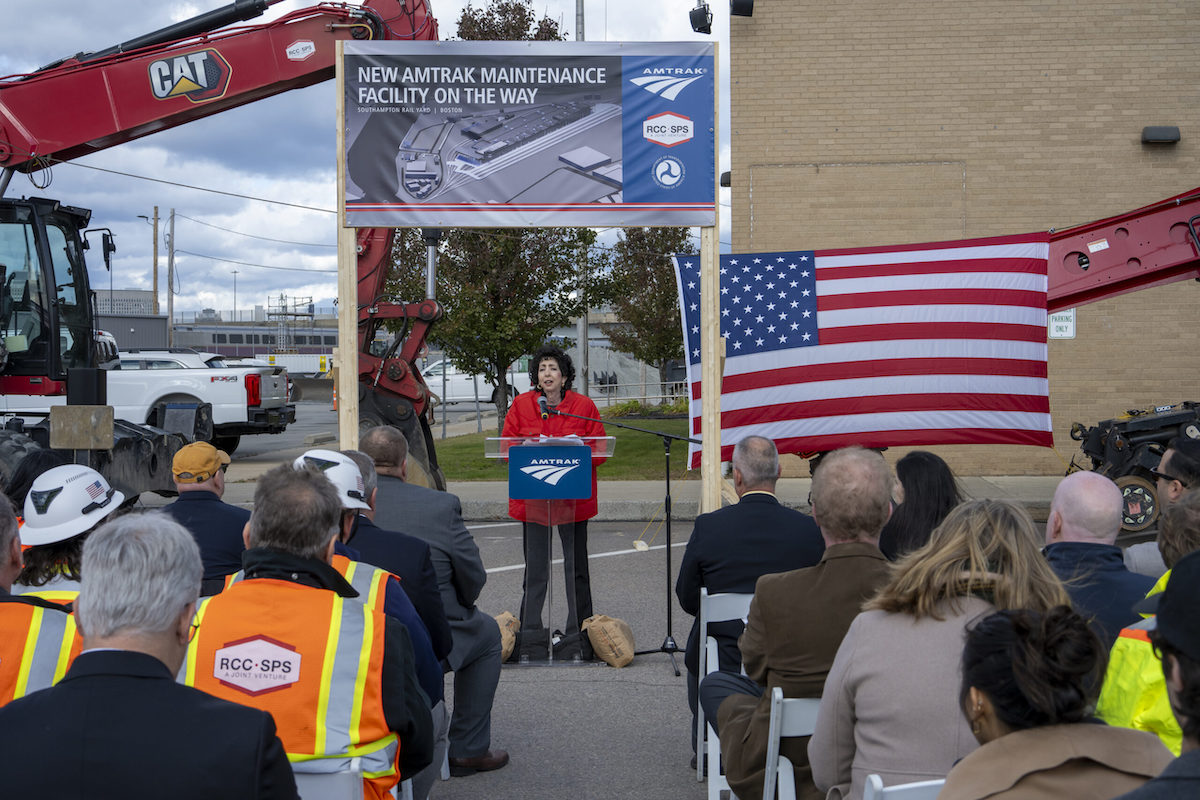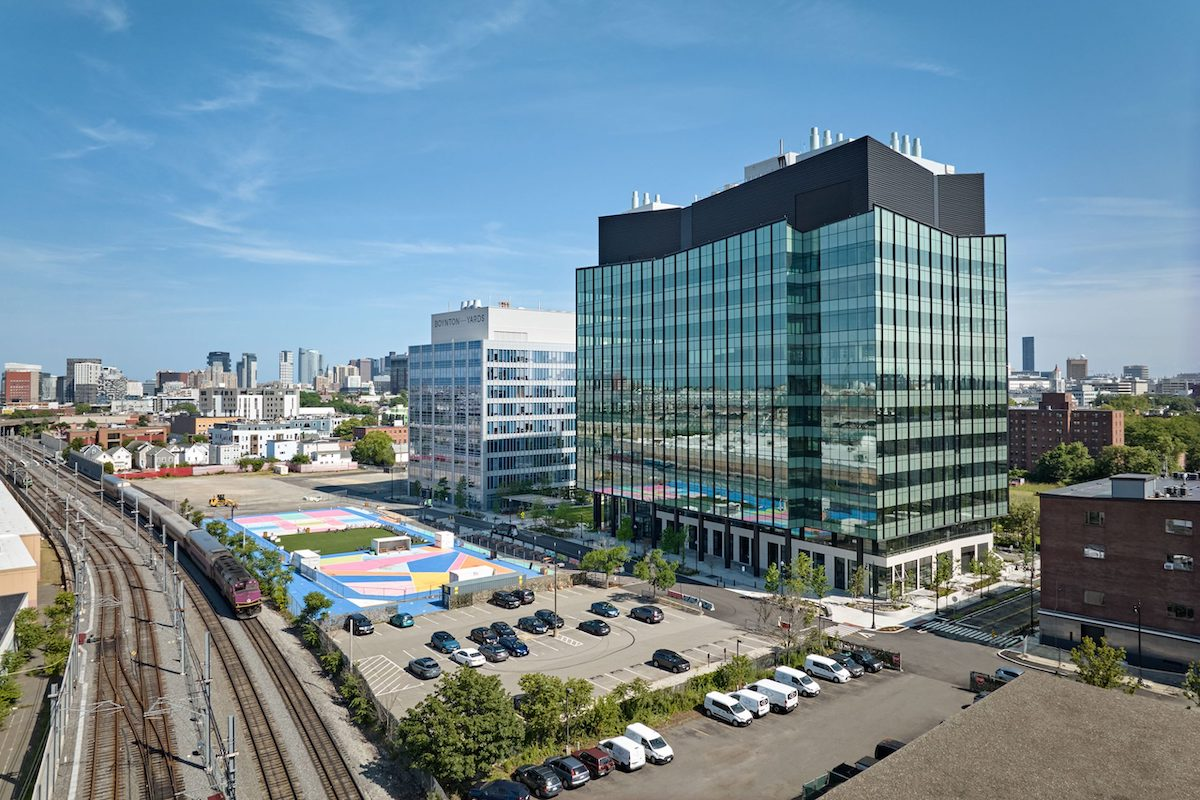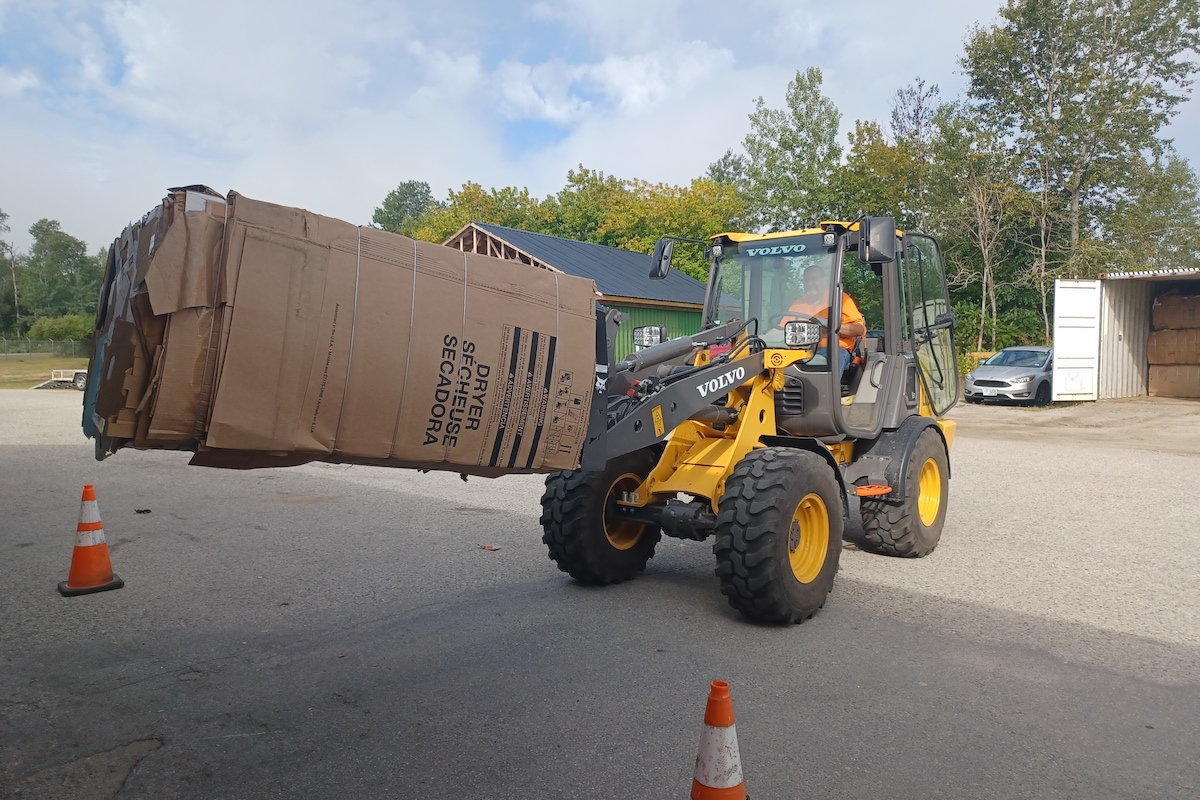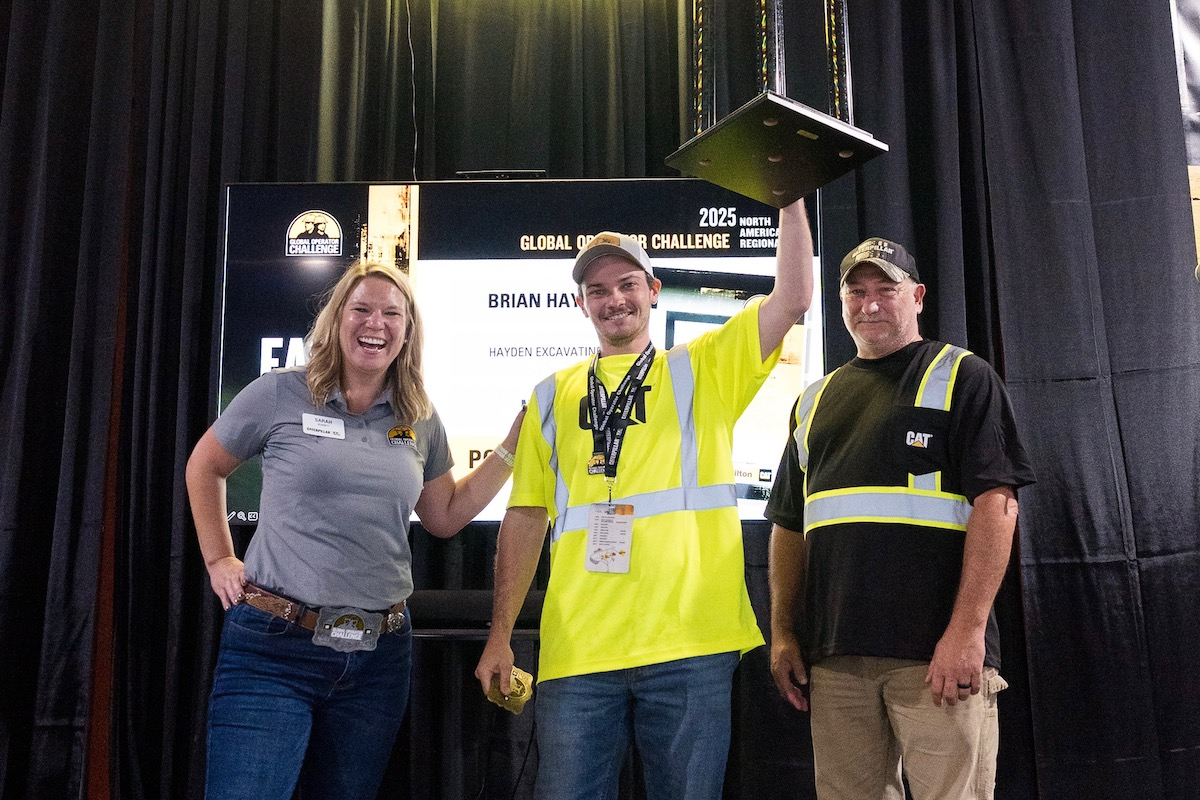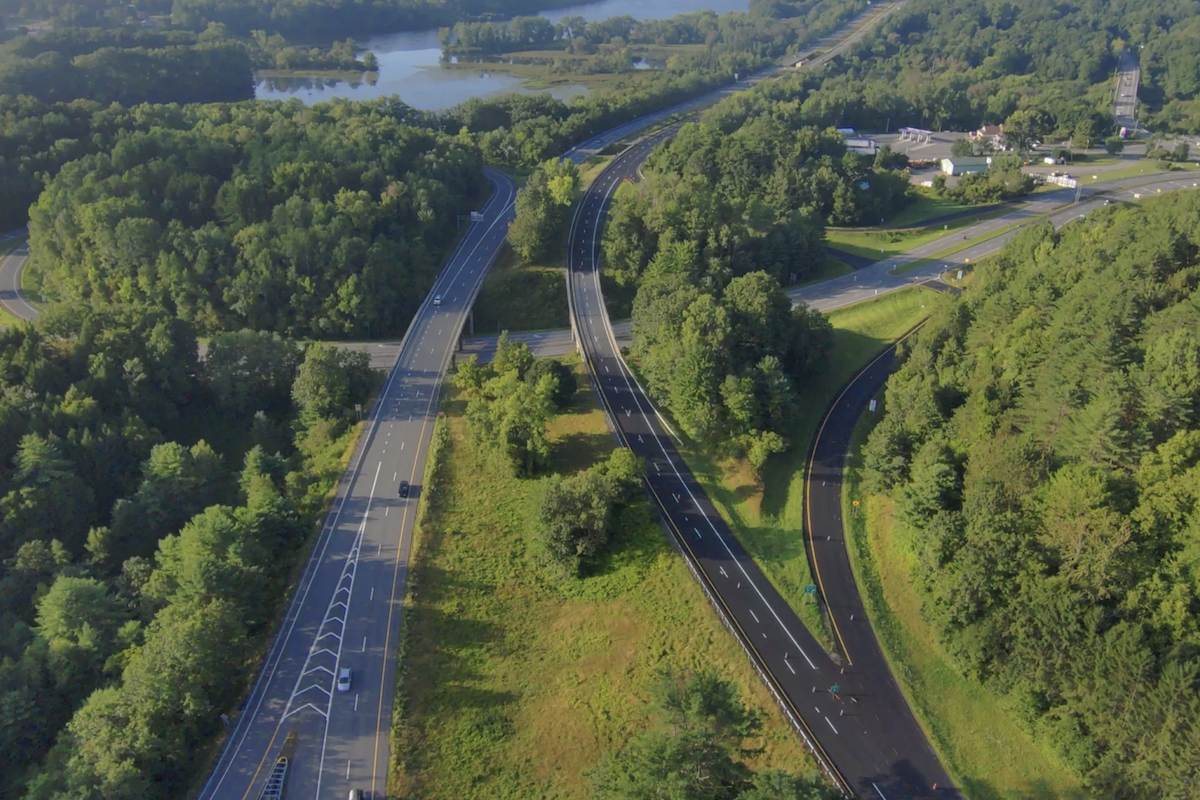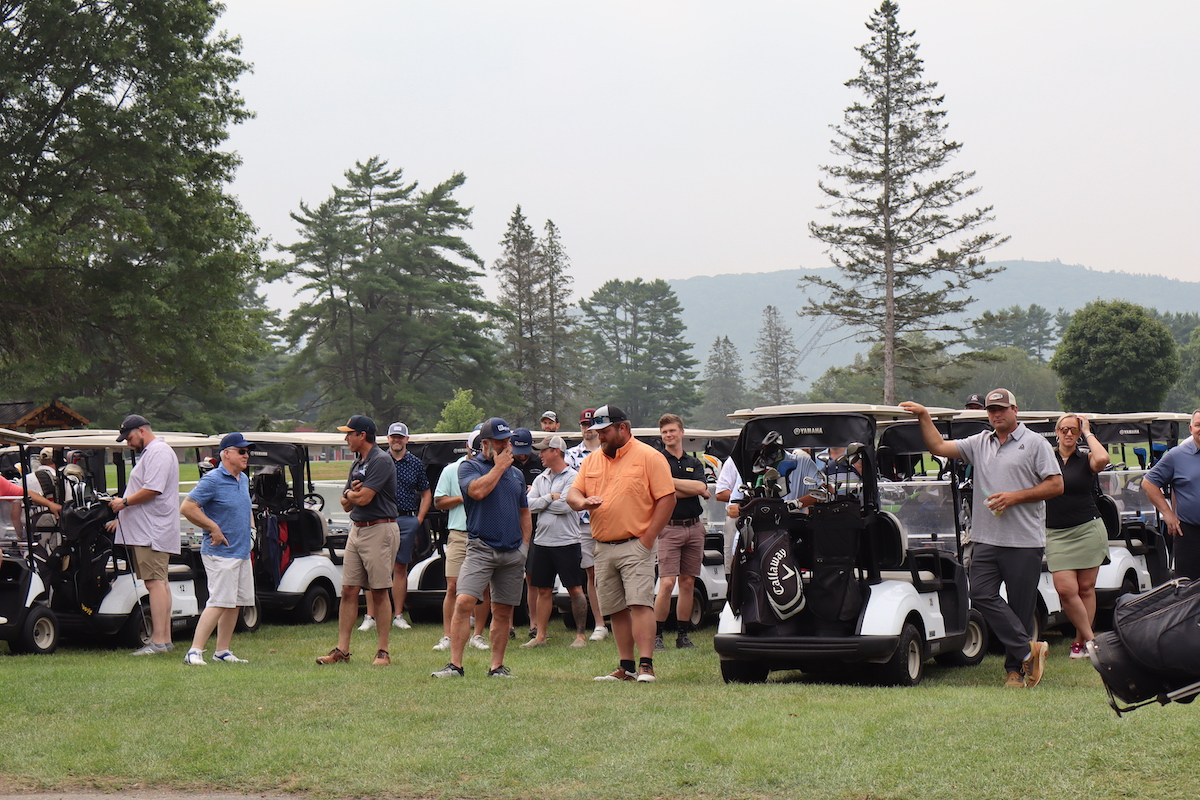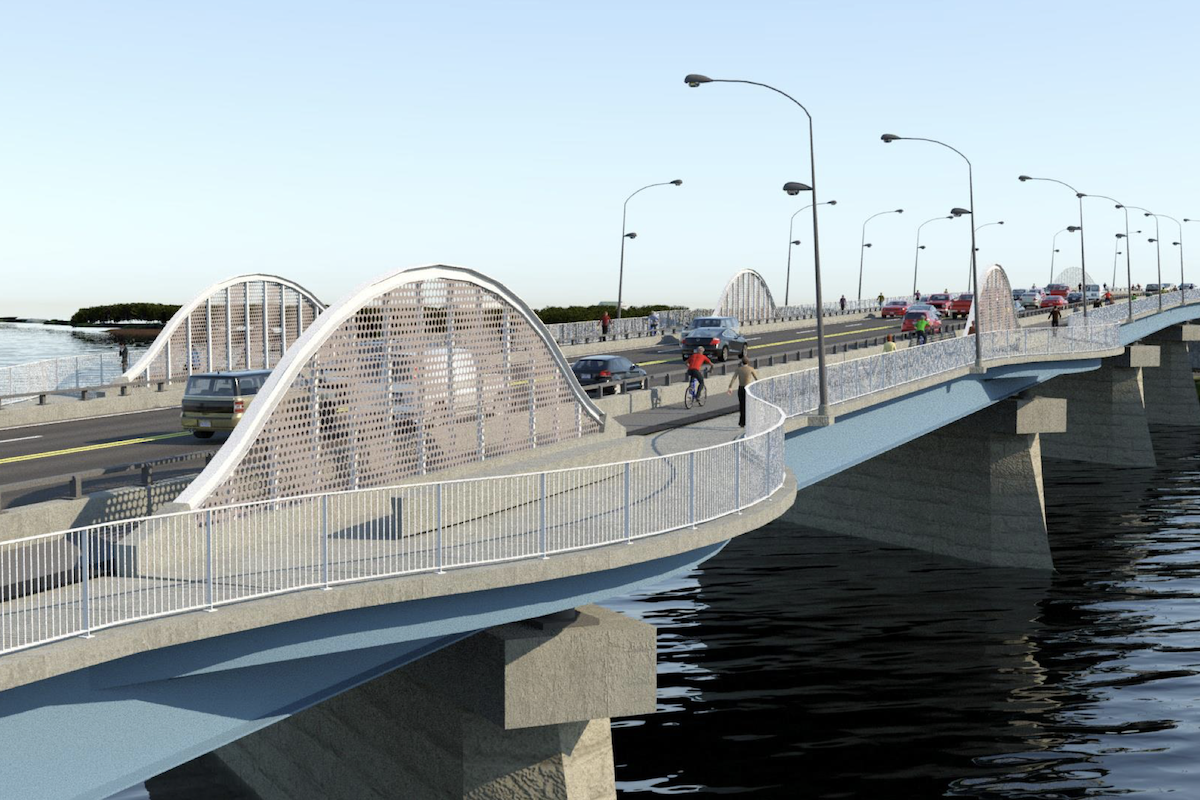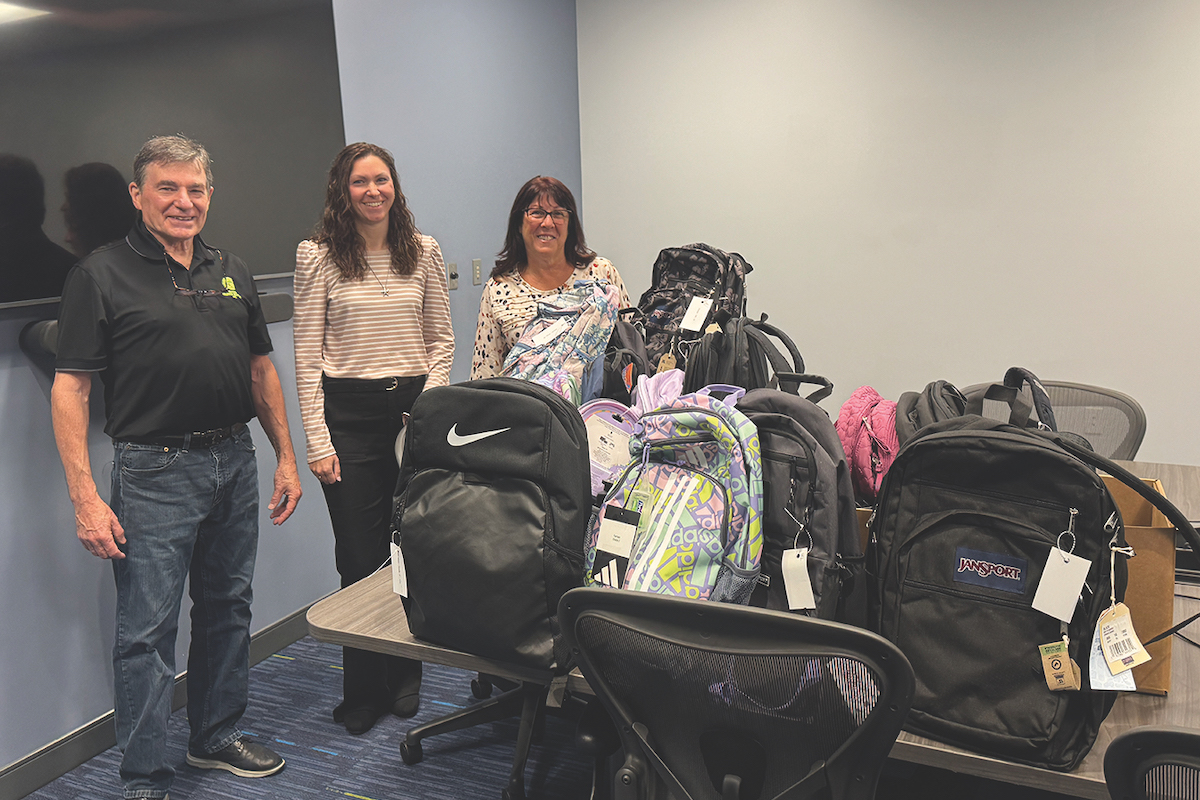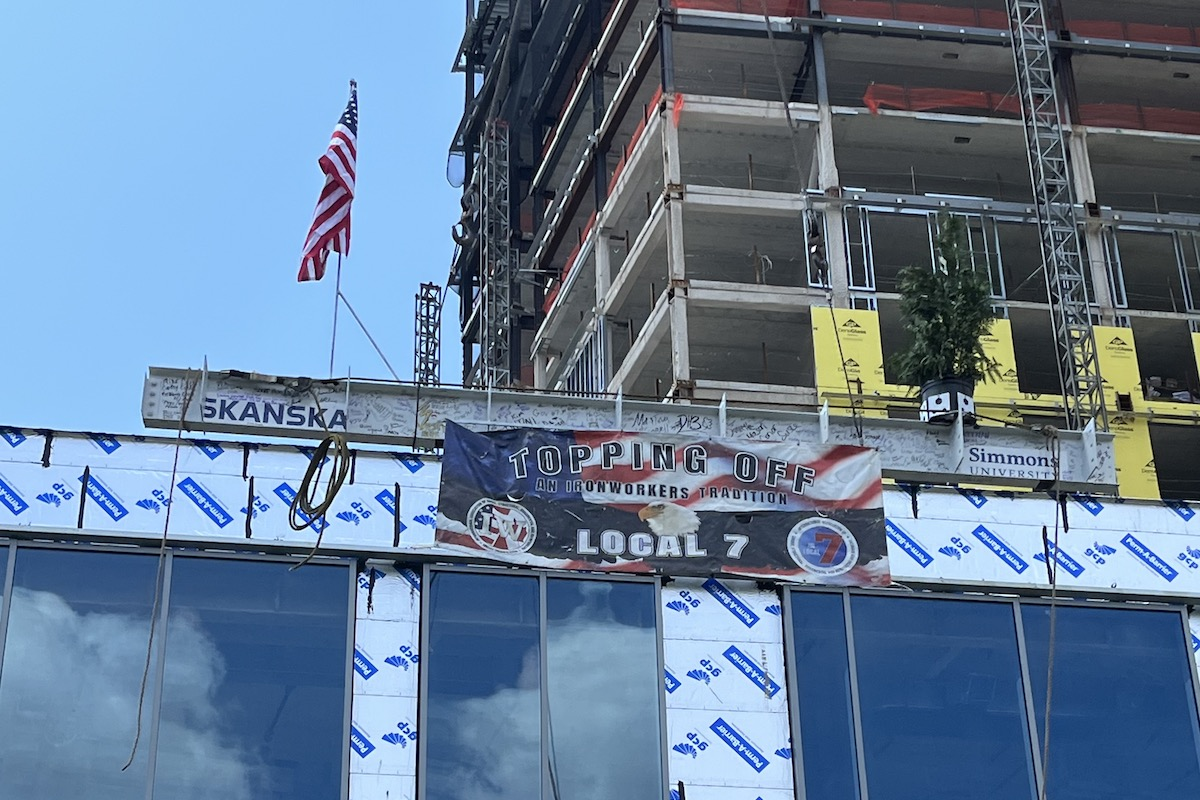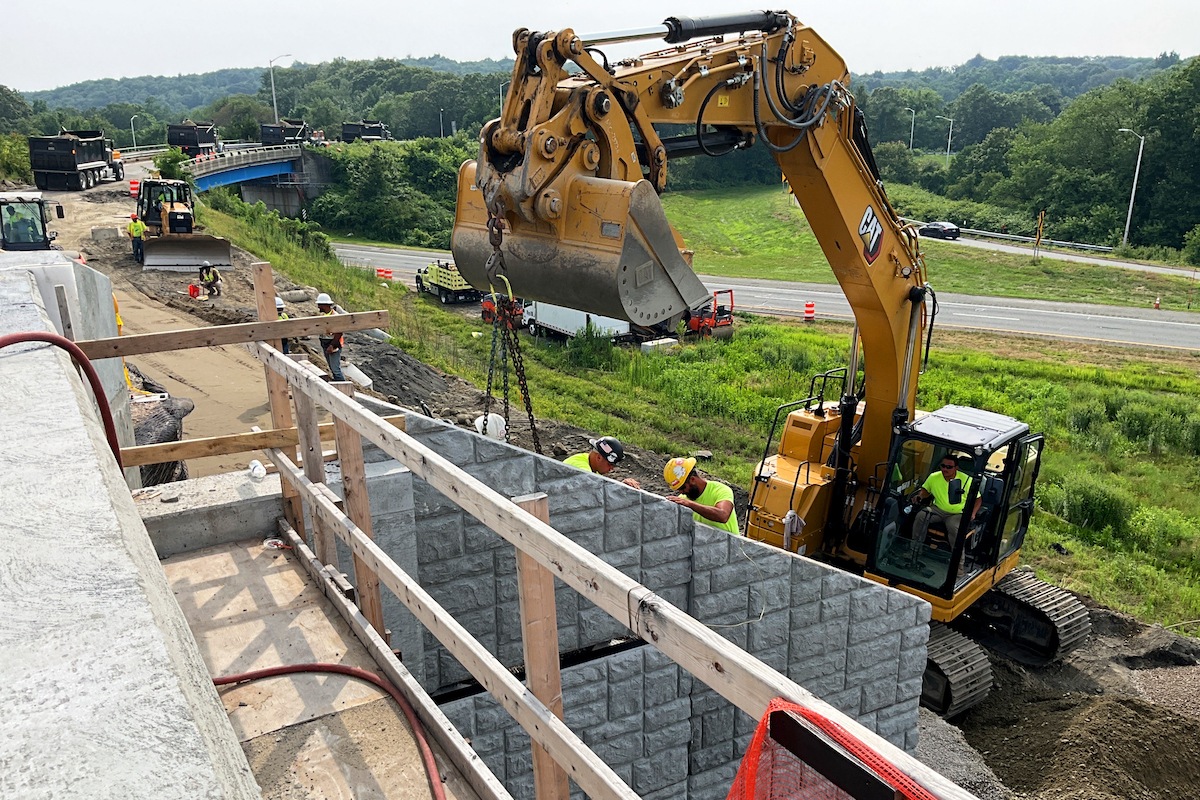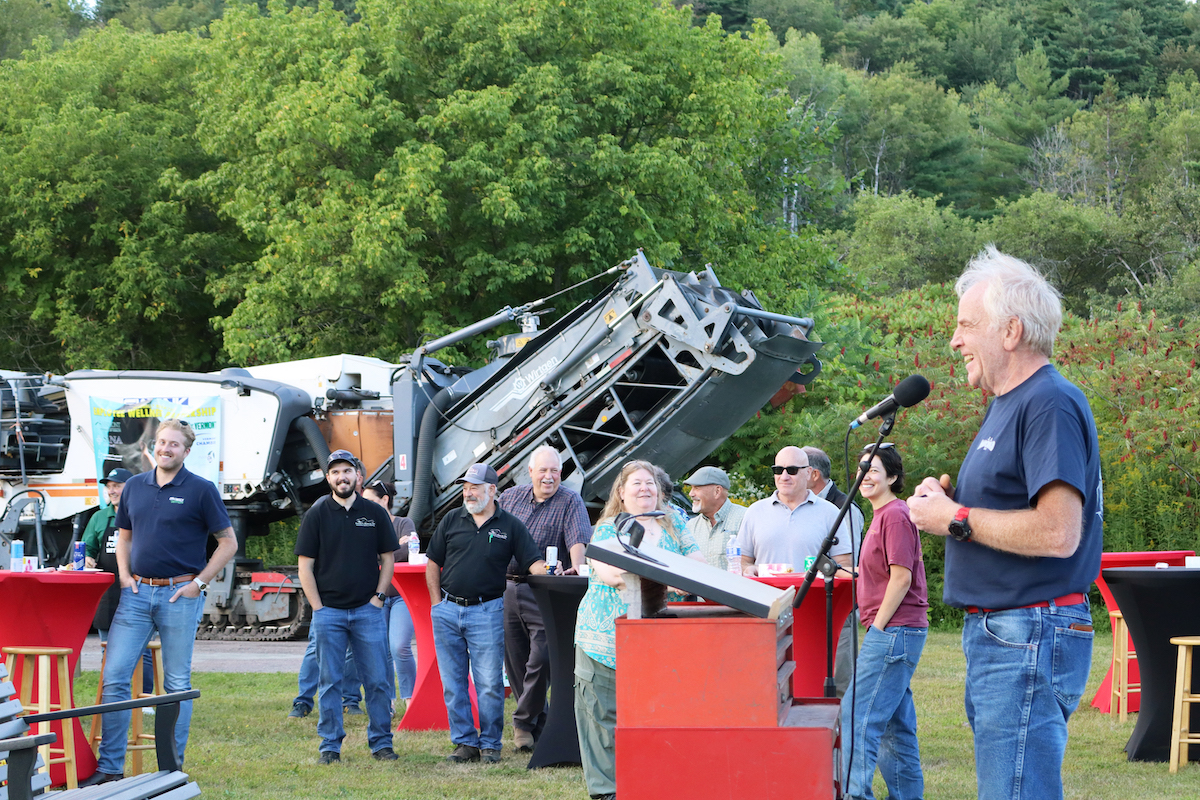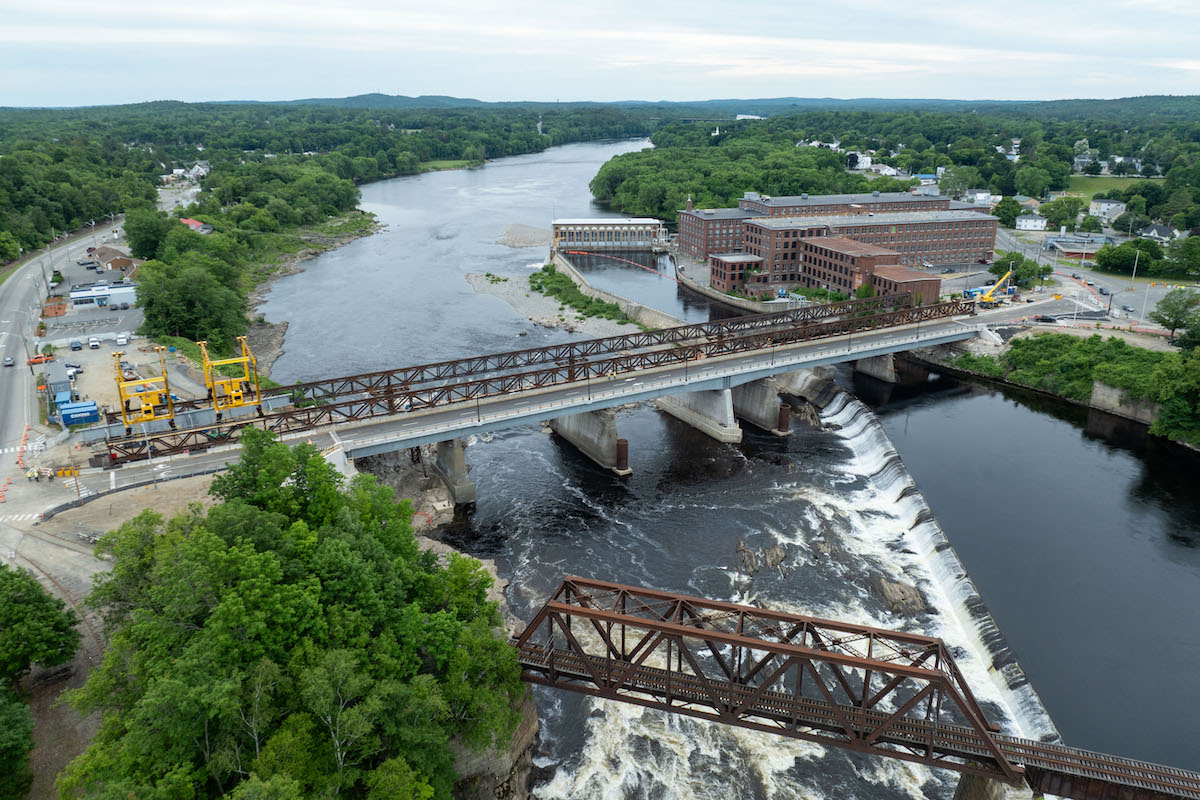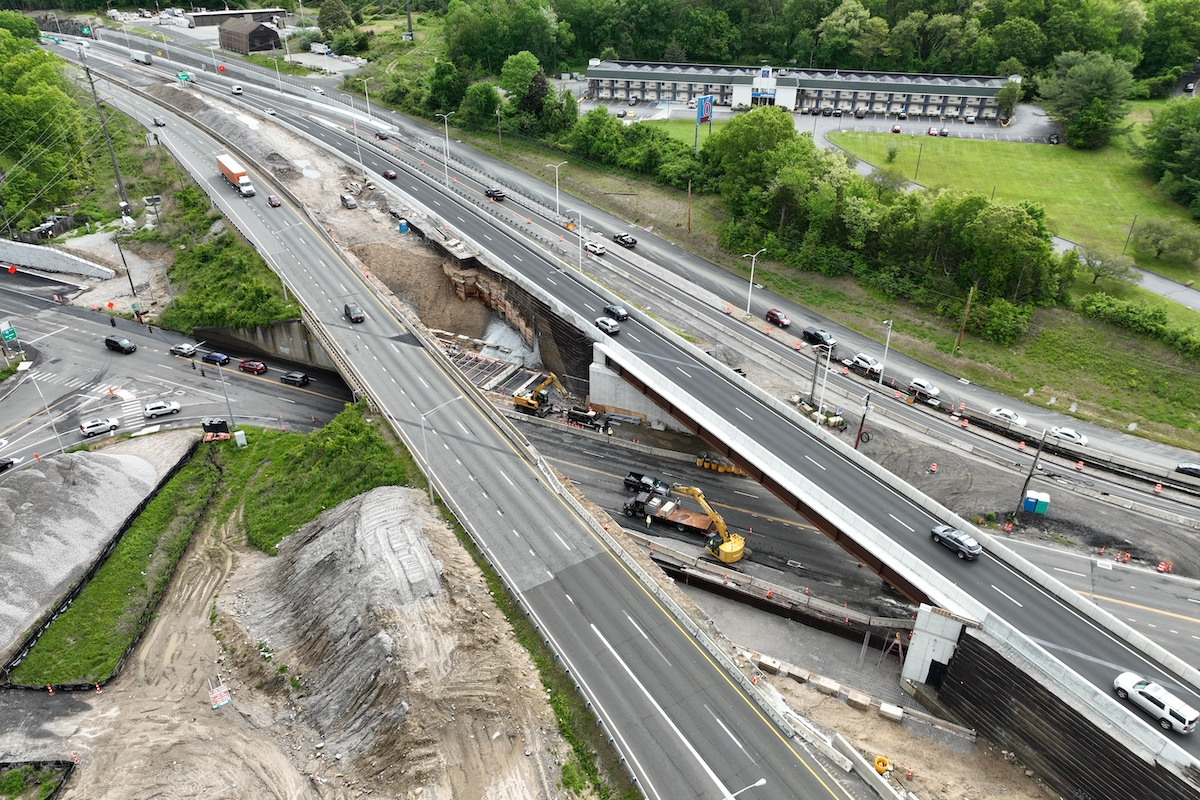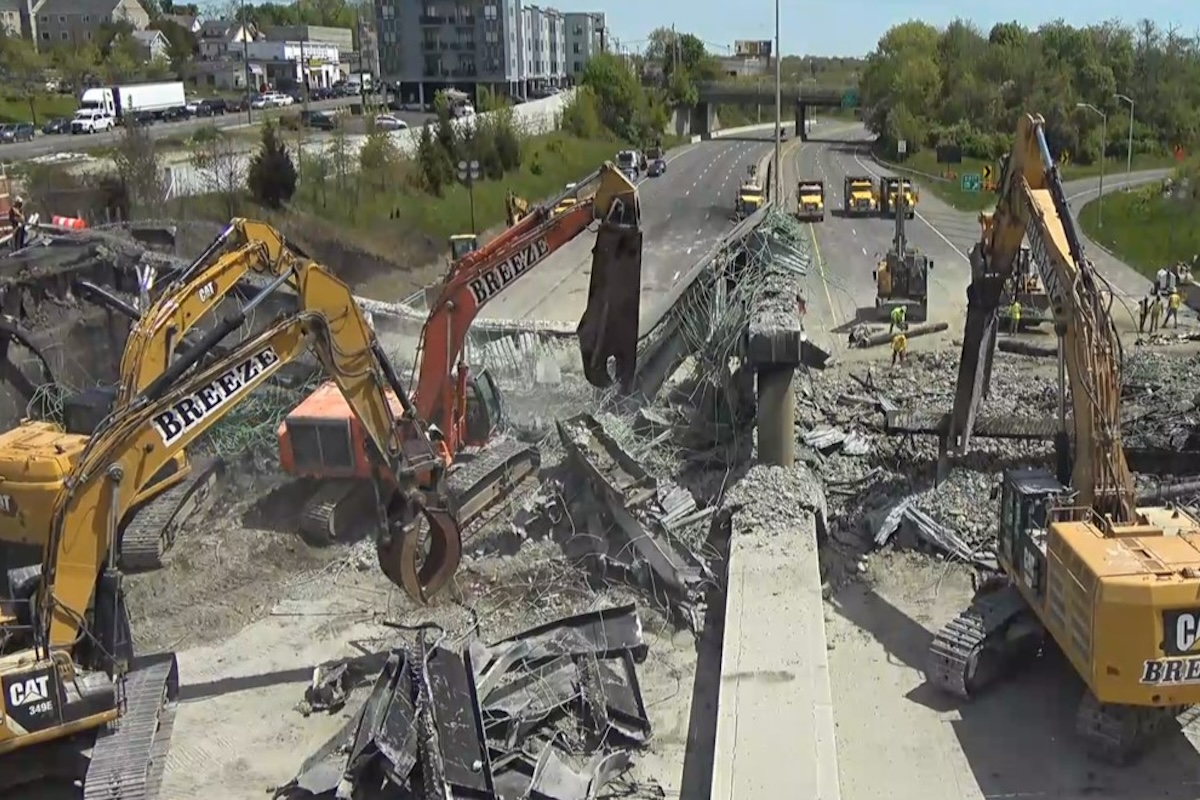There are three basic traffic control personnel that can be used in our work zone/temporary traffic control areas. Unfortunately, only two are legally defined by the Commonwealth of Massachusetts. There is the Police Detail, the Civilian Flagger, and then there is the third, Traffic Control Officer.
The Police Detail is defined as, “any uniformed sworn law enforcement officer and any officially marked police vehicle on a public works project.”
The Civilian Flagger is defined as, “any individual certified by MassDOT [the Massachusetts Department of Transportation], or a MassDOT approved organization, to perform traffic control services on public roads.”
A Traffic Control Officer has yet to be officially defined, but the de facto definition is a combination of the above. This is an individual certified as a Civilian Flagger, but then controls traffic as a Traffic Control Officer. The individual appears as a Detail Officer, but has no gun, badge, or stop/slow paddle, and also does not use personal protection equipment, according to Code of Massachusetts Regulations.
The Traffic Control Officer thankfully will hold the credentials of a certified flagger. However, they have no more authority than a Road Flagger. The perception by the driver is that there is a police detail before them, but this is not the case. It is arguable that perception alone slows the travel through the work zone area, but the statistics squash such perceptions.

| Your local Hyundai dealer |
|---|
| Equipment East |
Four out of five drivers say that they slow down when they see work zone signs and workers. The fact is, when checked by radar, zero drivers actually slow down. This is the problem in every work zone across the country — speed. No matter how perfectly a work zone is set, if drivers aren’t slowing down, there is peril at hand.
According to the Federal Highway Administration, work zone incidents occur nearly every 15 minutes in the United States, and the loss of life is about 900 to 1,200 per year since 2016. The Manual on Uniform Traffic Control Devices (MUTCD) outlines proper work zone set ups in chapter VI. All are based on approaching speed, condition of the roadway, and duration. So, let’s start with the basics of work zone safety.
Firstly, who’s traveling on this roadway? Well, it’s drivers, pedestrians, bicyclists, and motorcyclists — in other words, all road users. Each have the potential right of way through your work zone. Understanding the type of traffic will assist in proper set-up of devices and allow for better control by anticipating the nuances of the human factors involved.

| Your local Wirtgen America dealer |
|---|
| United Construction & Forestry |
| WI Clark |
It’s a fact that vision deteriorates with age. Are there older drivers potentially coming through your work zone? Plan for them. Where’s the sun? Will it be a factor for road users coming toward you? Should you put out an extra cone before they potentially get blinded for that quick second to let them know further in advance that you and your crew are up ahead?
Ability also deteriorates with age. We all get a little slower in our response time, and every second counts. Driver distraction and inexperienced drivers can easily be a deadly combination. Our youngest drivers are the most agile on their phones and believe that they can do both at the same time, and our seasoned drivers aren’t nearly as proficient on their handheld devices, yet still believe they can do both at the same time, as well. Neither group are that talented, and they are coming through your work zone.

| Your local Volvo Construction Equipment dealer |
|---|
| Tyler Equipment |
You don’t have to look too far to see a driver make an error. The error can be slight, like the lane drifter or the driver who hugs the fog line. You may even have the driver who over corrects an error.
The best offense is a great defense. Be aware that at all times, drivers never expect you to be in the road. If you operate with that mindset, you will stay better protected. Drivers have places to go and people to see, and they tend to have an attitude of, “Get out of my way.”
Secondly, how quick are road users traveling? With the human factors understood, let’s now add speed into the mix. The chart titled “Vehicle Travel Speeds” shows how fast vehicles are traveling in feet per second. At 35 mph, it is 51 feet per second. That’s faster than we realize. Remember our human factors of diminished eyesight and agility and those precious few delayed seconds, and that could calculate to a driver being in your work zone in a matter of three seconds (150-plus feet), just because their phone rang or they got a text. It’s that quick.

| Your local Trimble Construction Division dealer |
|---|
| SITECH Northeast |
Thirdly, what’s your set up? How long will you be in the way? The MUTCD, along with your state DOTs, have already done a lot of the heavy lifting when it comes to work zone set ups. The typical applications illustrated in the MUTCD pages have all been engineer certified and with minor modifications, can easily adapt to fit your location. The duration of the actual work activity needed to complete the job is very much a basic consideration.
There are five categories of time, as defined in the MUTCD: long-term stationary, intermediate-term stationary, short-term stationary, short-term duration, and mobile. The last three categories can prove to be the most dangerous simply because complacency comes into play. Remember that vehicles, even if just traveling at 35 mph, are coming at you at 51 feet per second. If you stray in your best practices and think, “It’s going to take me longer to set up than it is to actually do the work,” then you are potentially putting yourself and your crew in an avoidable bad situation.
Not setting up the proper devices, even for short or mobile operations, results in undeniable exposure/vulnerabilities of an incident or accident. Any bodily harm or death as a result also means great legal exposure for all connected to this work zone. Lawyers and insurance companies rely heavily on the MUTCD for proving/disproving fault. You, too, should rely heavily on the MUTCD and remain compliant with the standards, guidance, and options outlined.
Here are some “must haves” to keep your work zone safe:

| Your local Case Construction Equipment Inc dealer |
|---|
| Beauregard Equipment |
| Monroe Tractor |
Include a series of two to three signs, posting a general message of “road work ahead” or more specific messages such as “one lane road” or “flagger ahead” for when the road user approaches.
If you need to move road users around your work site, then make sure you have the proper taper in place that provides a smooth and obvious route to follow. The taper length is dependent on where the work is taking place. There are five types of tapers: merging, shifting, shoulder, one lane-two way, and downstream. All are defined in detail in the MUTCD.

| Your local Esco Corporation dealer |
|---|
| Genalco |
This allows for extra stopping time for the road user and perhaps an escape route for the flagger or traffic control officer. This should always be empty.
This is the primary project area.

| Your local Hyundai dealer |
|---|
| Equipment East |
This may or may not be necessary, but still needs to be obvious to the road user that the end of the road work has occurred.
Keep your work zone relevant by modifying the setup as needed to accommodate for all the factors of your current location (moving or stationary). Best practices and MUTCD compliant devices and behaviors will keep you, your crew, and the traveling public safe.
Catherine Schoenenberger is the President of Stay Safe Traffic Products, Inc., New Hampshire Construction Career Days, Inc., Associate Director of the Massachusetts Highway Association, and Past National President of the National Association of Women in Construction. She has been teaching work zone safety since 1998 and is a certified instructor for ATSSA and MassDOT for flagger certification.















